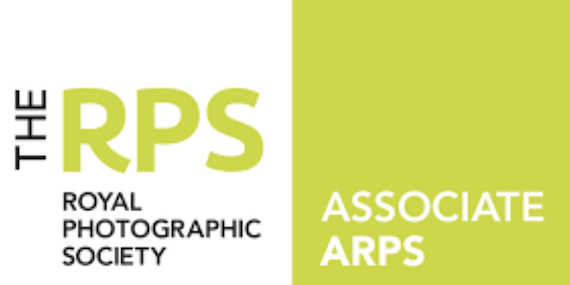Gillian Wearing CBE, RA (born 1963) is an English conceptual artist, one of the Young British Artists, and winner of the 1997 Turner Prize. In 2007 Wearing was elected as a lifetime member of the Royal Academy of Arts in London. Her statue of the suffragist Millicent Fawcett stands in London's Parliament Square.
Art practice
Wearing is known for her method of documentation of everyday life through photography and video, concerning individual identity within the private and the public spaces, where Wearing blurs the line between reality and fiction. John Slyce has described Wearing's method of representation as "frame[ing] herself as she frames the other". Her work in photography and video at first appears like most other journalistic methods of documentation seen in television and documentaries, but after further examination, it becomes apparent that they do not conform to mass-media conventions.[7] Wearing’s work reveals that the camera does not take a neutral stance towards its object, but is rather a powerful mass-media organ that breaks down the divide between public and private. In the early 1990s, Wearing began putting together photography exhibitions where she worked with strangers. There is a re-occurring pattern in her work where she plays and mocks the idea of the artist as an anthropologist, but her anthropological activities do not focus on discovering a foreign culture but instead challenge what we thought we already knew. Wearing sees that Anthropology "attempts to compress human subjectivity into scientific objectivity". As John Slyce puts it: “Gillian Wearing does not suffer the indignity of speaking for others.”. How Wearing approaches her subjects then is by inviting the individual to include their own articulation of thought into the picture within the space that she has provided, rather than objective documentation. In an interview with Donna De Salvo, Wearing states:
Shortly after graduating from Goldsmiths College, Wearing began Signs That Say What You Want Them to Say and Not Signs That Say What Someone Else Wants You to Say (1992–93). To produce this series of some six hundred color photographs, she approached people on the streets of London, requested that they write a sentence or phrase on a piece of paper, and then photographed them displaying their thoughts. For example, a policeman holds a sign saying “Help,” while a young man proudly raises a card inscribed “Queer + Happy.”
"For me, one of the biggest problems with pure documentary photography is how the photographer, like the artist, engineers something to look like a certain kind of social statement—for instance, you can make someone look miserable when this is just one side, a nuance of their personality. They might just be looking away at something, but their expression could be read as showing a kind of depression in their overall behavior. I couldn’t bear the idea of taking photographs of people without knowing".
Art practice
Wearing is known for her method of documentation of everyday life through photography and video, concerning individual identity within the private and the public spaces, where Wearing blurs the line between reality and fiction. John Slyce has described Wearing's method of representation as "frame[ing] herself as she frames the other". Her work in photography and video at first appears like most other journalistic methods of documentation seen in television and documentaries, but after further examination, it becomes apparent that they do not conform to mass-media conventions.[7] Wearing’s work reveals that the camera does not take a neutral stance towards its object, but is rather a powerful mass-media organ that breaks down the divide between public and private. In the early 1990s, Wearing began putting together photography exhibitions where she worked with strangers. There is a re-occurring pattern in her work where she plays and mocks the idea of the artist as an anthropologist, but her anthropological activities do not focus on discovering a foreign culture but instead challenge what we thought we already knew. Wearing sees that Anthropology "attempts to compress human subjectivity into scientific objectivity". As John Slyce puts it: “Gillian Wearing does not suffer the indignity of speaking for others.”. How Wearing approaches her subjects then is by inviting the individual to include their own articulation of thought into the picture within the space that she has provided, rather than objective documentation. In an interview with Donna De Salvo, Wearing states:
Shortly after graduating from Goldsmiths College, Wearing began Signs That Say What You Want Them to Say and Not Signs That Say What Someone Else Wants You to Say (1992–93). To produce this series of some six hundred color photographs, she approached people on the streets of London, requested that they write a sentence or phrase on a piece of paper, and then photographed them displaying their thoughts. For example, a policeman holds a sign saying “Help,” while a young man proudly raises a card inscribed “Queer + Happy.”
"For me, one of the biggest problems with pure documentary photography is how the photographer, like the artist, engineers something to look like a certain kind of social statement—for instance, you can make someone look miserable when this is just one side, a nuance of their personality. They might just be looking away at something, but their expression could be read as showing a kind of depression in their overall behavior. I couldn’t bear the idea of taking photographs of people without knowing".
